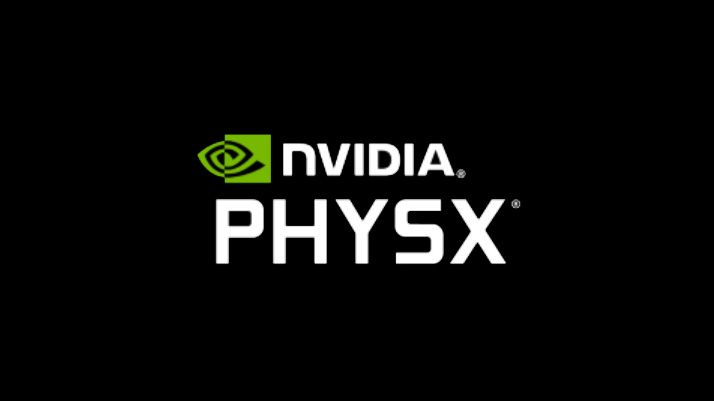Nvidia Pulls the Plug: PhysX Fades Away in RTX 50 Series GPU Shakeup

PhysX, once a promising physics simulation technology, appears to have reached its twilight. The absence of 64-bit games utilizing PhysX suggests that the platform has effectively entered its end-of-life phase. What was once an innovative solution for realistic game physics now seems to be fading into technological obscurity, leaving developers and gamers to explore alternative physics rendering technologies.
The decline of PhysX highlights the rapidly evolving landscape of game development, where cutting-edge technologies can quickly become obsolete. As the gaming industry continues to push boundaries in graphics and simulation, some technologies inevitably get left behind, making way for more advanced and efficient solutions.
While PhysX may no longer be at the forefront of game physics, its legacy remains an important chapter in the ongoing story of interactive digital entertainment's technological progression.

